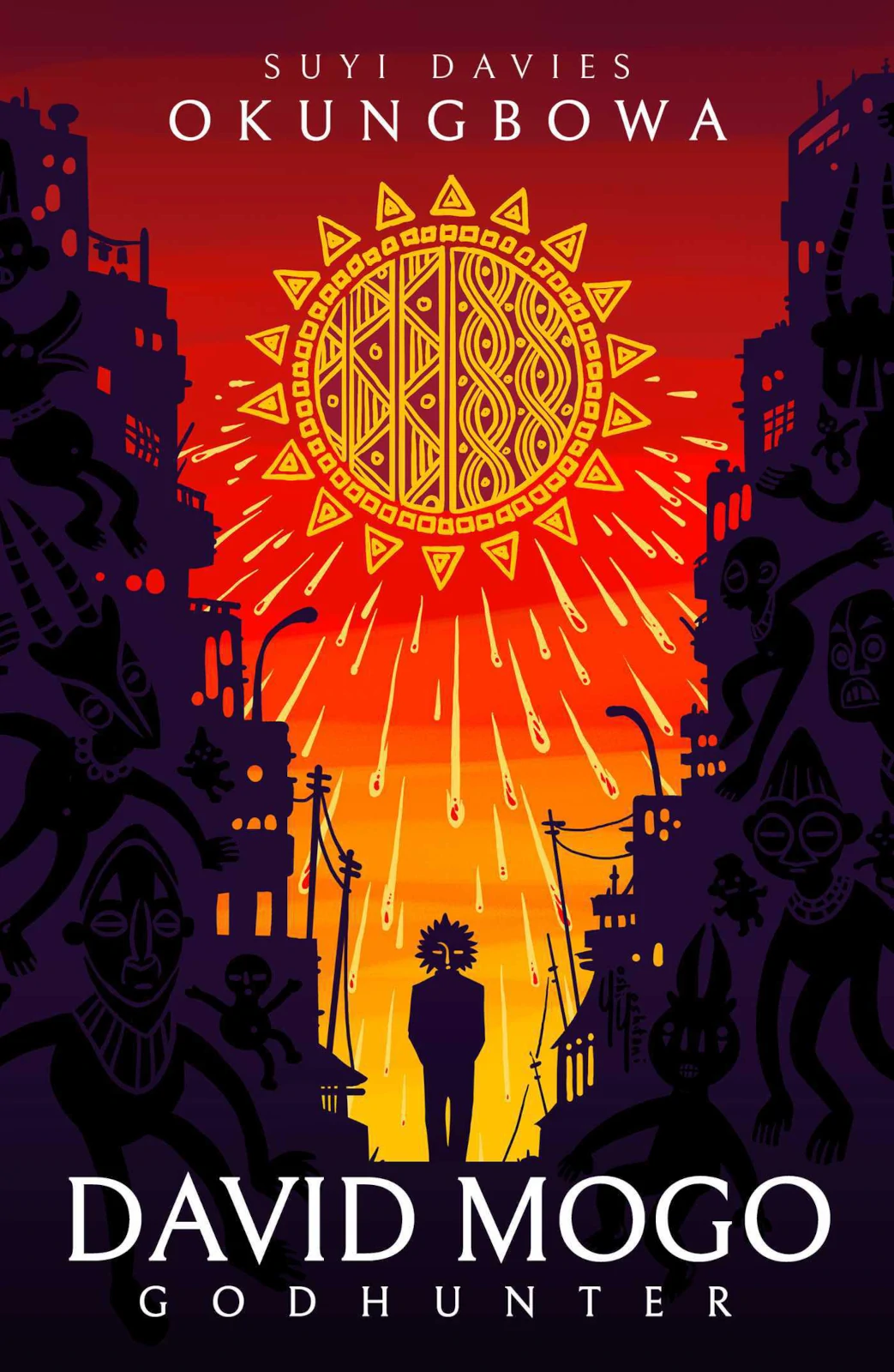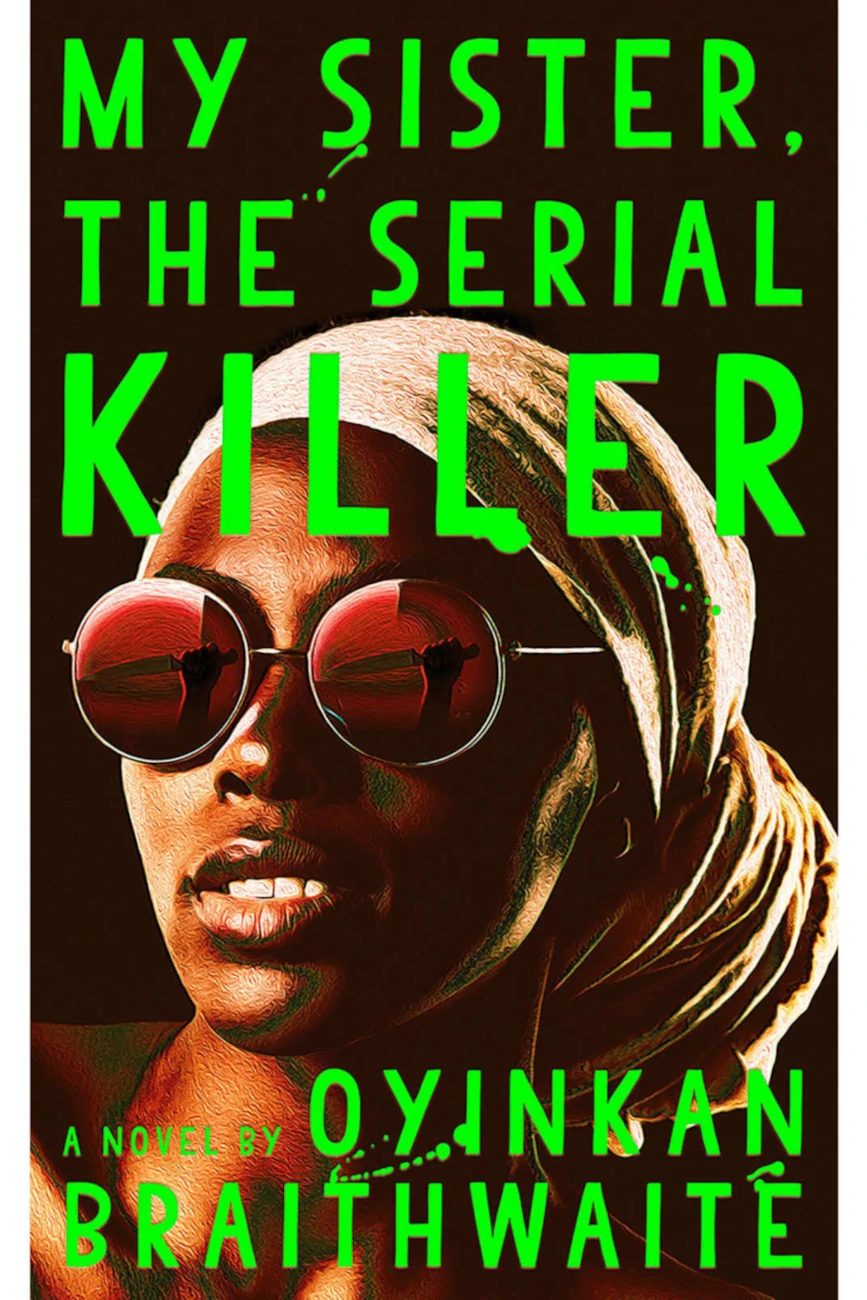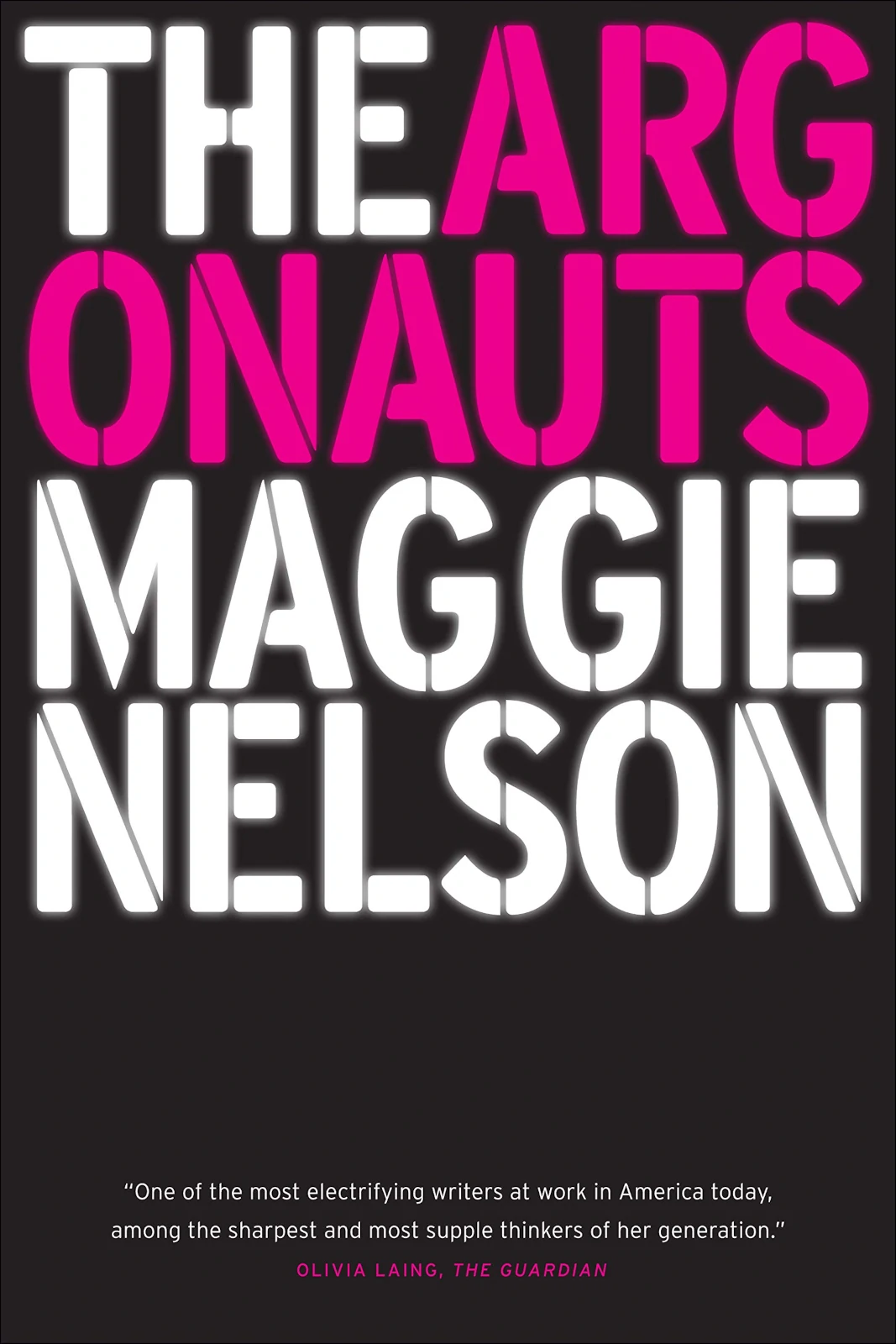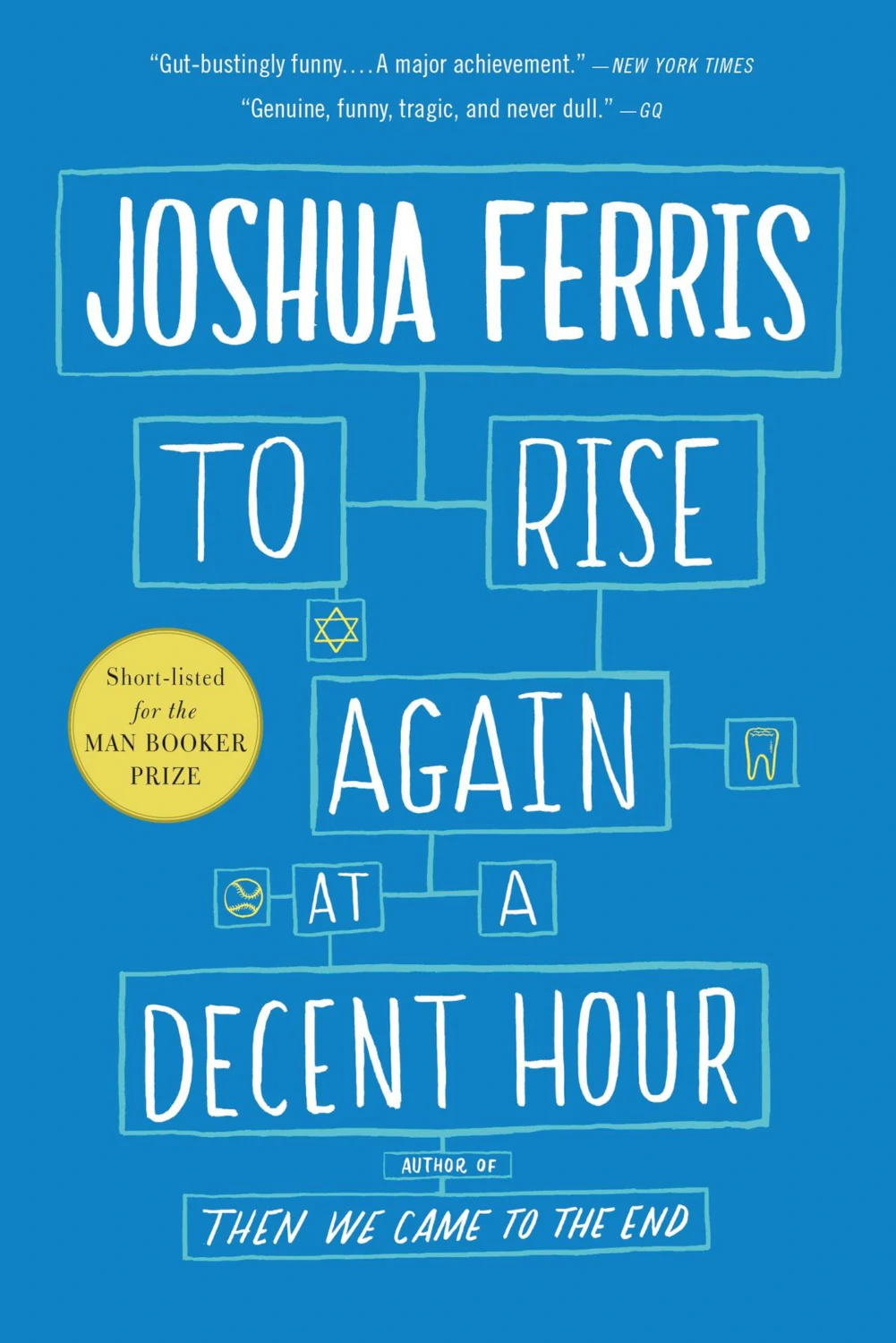I was really interested by the way your collection treats the war in Iraq. It seems like many of your stories derive from that conflict. What about the war drew you to it as a focal point for this collection?
I think what drew me particularly to Iraq was the weirdness of it, the strangeness of it as a particularly modern situation. I was really interested in things that made this war fundamentally different than Vietnam or other conflicts as we think of them. We have a lot of different human narratives colliding, running through this nexus of advanced technology, the public’s experience, different levels of access.
Some of my friends who have written nonfiction about Iraq will tell me crazy stories about their experiences. For example, they talk about Skyping with soldiers who have just come in to the base from insane situations. They sit down in a computer lab and Skype right afterwards. That was strange to me, and I didn’t particularly feel that anyone was writing about that aspect of it. It felt futuristic, strange. I thought, here’s something that’s really interesting going on, and it kind of branched out from there. I think what really came together were my two main interests as a person: these sort of human stories about understanding what people have been through (or not understanding), and situations that are different or strange to put into stories. I wanted to lay those two things across each other and see if I could write about them in an interesting way.
One of the most interesting things about your collection is this weird kind of variance in its sense of place, its sense of history. You have stories from rural America, stories from Iraq, even from an alien planet. It creates this really interesting mosaic of origin in each story. Is there a specific reason why you approached it that way, or can you just talk about where that disparity in place comes from?
I think a lot of that variety came about because I wanted to try to do something really different with each story. When I was writing these, I wasn’t thinking, This is my collection. I was going through the Iowa Writer’s Workshop and turning in story after story, as well as seeing a lot of other peoples’ stories. I was seeing a lot of new things I’d never seen before, and I was just really interested in pushing myself to try new things. “The Territory of Grief,” the story that’s on the new planet, is a good example of that. That one came out of a science fiction and fantasy workshop with Kevin Brockmeier, who’s really wonderful. I took it because I had never written anything that had involved science fiction or fantasy, and it seemed like a real opportunity finally to do that. I still haven’t quite written a real science-fiction or fantasy story, but the one thing I really took out of that experience was the idea that you can reach really meaningful places with your fiction if you’re willing to go out into these forms that you wouldn’t normally consider part of what you do.
I did not think I was really a writer who varied forms or settings or anything like that. To be perfectly honest and straightforward with you, I really just felt like I was sucking at what I was trying to write. So one reason why I was trying new kinds of stories was that I was convinced that the other stories I was writing were really bad. The thing about a program like Iowa is that you’re there with these amazing writers who are already really good at all the stuff you think you’re good at. You suddenly realize, hey, maybe I should try to write something that I don’t suck at quite as much. But really, a lot of it was just me being curious.
In reading through your stories, there is this very pervasive sense of dealing with loss. I felt that there were two different kinds of loss in this collection. The first seems like a general sort of loss: through war, cultural strife, things like that. But the title story (“Elegy on Kinderklavier”) turns into this very specific kind of loss, where a father is dealing with the impending death of his child, along with the loss of his wife. How did you arrive at this specific kind of pain in your writing?
I think my evolution in writing about loss was actually the opposite, because chronologically, I actually wrote these stories the other way. I started off trying to tell the most specific story I could about these particular characters and this very specific kind of brain tumor. What happened as I started writing more about loss was that I was sort of exploring in my own emotional universe, specifically what I thought about the effects of trauma on narrative. That’s another reason why the stories are all formally so different. They’re all an answer to the same question: “What does trauma do to stories?” Particularly narratives that we have about our own lives or about trying to understand the suffering of other people, or failing to understand that.
So the order that I wrote them is kind of a flowering of that idea, but I’m glad they’re arranged the way they are. I think that experience is much better for the reader—having these general ideas really focus down to a specific point. I think the place that I ended up with these stories about trauma sort of mirrors that journey. We start with these varying and general ideas of loss, but at the very heart of that understanding is a very specific loss. And that’s something that I really believe about fiction, too. You can tell the story that moves the whole world, but you’re really only doing that because of someone’s specific story, someone’s real feeling of loss.
That’s a big thing that I teach. It’s counterintuitive, but the more specific your story is, the more universal it feels to readers.
There’s an interesting element in a couple of the stories in Elegy on Kinderklavier regarding time. Specifically, in a story like “The Fugue,” time is stretched and repeated over the course of the piece, where in “The IED” time is sort of compressed and fragmented. Can you talk at all about how you came up with this fascinating distinction of time in narrative?
I was curious about how time was handled in fiction. At the time in graduate school, I was reading a lot of stuff that I’d never encountered before. I was really influenced by the way Nicholson Baker handles time, which is more like in “The IED.” His whole first novel is a man getting on an escalator and cataloguing his thoughts. But there’s also more subtle stuff. For example, Alice Munro has a really interesting story where two-thirds of it takes place in relatively normal time, but the last third jumps ahead twenty years or so.
I think of time as the hidden architecture of fiction that you don’t necessarily think about when you’re reading or even writing. On the level of conception, you really start pondering how to tell a story in time. So there’s this relationship between the moment you step on an IED (probably the most important moment in your life) versus all these other moments. But really, they’re all the most important moments. So in that way, I was really influenced by the idea that time doesn’t exist. It’s a paradoxical idea: that if you want to render true experience in fiction, it wouldn’t be linear. It would be fluid, mercurial. It would look like all moments at once, because that’s how you experience time.
I was thinking a lot about Slaughterhouse-Five, which was probably the first time I really considered the idea of time in fiction. You know, Billy Pilgrim goes to Tralfamadore, and the aliens tell him, “We’re not sad when someone dies, because when we look at a person, we see their whole timeline spread out at once, the way you see a mountain range.” There’s another story, I think by Philip K. Dick, where the experience of time is a trick by some demon. The payoff is that in reality, time doesn’t exist, and everything happens in one moment. So I think my work was a combination of seeing what other people were doing to play with time, while also wanting to write in a way that was meaningful to real experience.
I was thinking about it in terms of Iraq, but also in other ways. For instance, what does time mean when you know your child is going to die? What happens to time when your wife leaves you and you don’t know if she’s going to come back? In Iraq, they’re looking at moments like the one in “The IED” in 3D video as a way of interpreting and understanding these terrifying events. In describing each microsecond, it seemed to me like a way of keeping this person alive.
I was trying to put into narrative the very specific ways in which these people had died. Another example: when I was researching for these stories, I found a case about a tank parked on the bank of a river. The soil had collapsed, the tank fell into the water, and the crew drowned. These were young kids—eighteen year olds. I think when I was trying to write about that type of experience, I found myself feeling that even though they had died, they were still alive—it was my way of keeping them alive. I think that’s kind of how we experience narrative and time together, and I wanted to write about that.
In the same vein, your story “The Fugue” has a fascinating formal structure in which the main character, Wild Turkey, keeps waking up and waking up in different situations at different points of his life. The sections aren’t arranged chronologically, which makes for an interesting reading experience, especially when you’re trying to sort out the life of this character. How did this story come about?
We had my daughter in October of my last year of graduate school. I couldn’t get time off from school or teaching, and I had to turn in a story to my workshop. I didn’t have anything old to turn in. My daughter had some feeding issues, so my wife and I had to get up every two hours and feed her with a syringe. Basically, we just weren’t sleeping—the worst sleep deprivation you can imagine. It was the kind of thing that you might hear about in a psychological experiment, the kind of thing meant to drive you insane. I started writing the story in my head each time I woke up, and then on paper. That’s what lead to the feeling of repetition in the story, with each section beginning, “Wild Turkey wakes up.”
A crazy thing happened during that time: those moments sort of began to bleed into each other. With bad sleep deprivation, you lose the ability differentiate between memory and experience. That feeling sort of melded with what I was writing. There are all these different moments, but in a way they’re all the same moment. There’s been a trend in describing post-traumatic stress disorder where you kind of fragment the timeline. I understand why this happens, but I feel like that method wasn’t really reaching the suffering in the right way. It happened on a very small scale for me. It didn’t feel like I was moving through days or hours when I was sleep deprived—it felt like I was going through the same thing, like I was stuck in this loop, this reoccurring thing that I couldn’t escape. The idea of having these different moments that are really all the same sounds interesting enough, but when you really try to inhabit that, it’s horrifying. So that’s kind of the genesis of that story. Waking up so often like that, it seemed like this was what it must be like (on a smaller scale) to be lost in those traumas.
One of the most striking aspects of Elegy on Kinderklavier is the style in which it’s written. The stories are very language-driven, and are delivered in a style that at times feels almost scientific. The end result is a strangely artful rendering of these incredibly painful experiences. Can you tell me about how you developed this style of writing?
I had a teacher who said something to me once that I’ve never forgotten: “Your strengths are always the other edge of the sword from your weaknesses.” One thing I knew about my style as an approach was that I wanted it to be poetic. I wanted it to reach to the emotion that I saw everywhere—the beauty, the horror—these really flowery ideas. So I ended up with a style that was really verbose and overwritten as the consequence of trying something like that. The other part of it (and I’m still a little bit like this now) was just being an inveterate show-off. It’s this impulse, this desire to impress, which is not good. That’s a bad motivation that drove my style at first.
But the way you set it up—artful and academic—is kind of an honest rendering of human experience. The novella in the collection, “Elegy on Kinderklavier,” is a good example of that. It was the conflict between those two aspects of reality that inspired me to write it in the first place. Sometimes experience is very scientific. We have words for a hundred bones in the human foot. You can use a term like the cuneiform bone in the foot to describe the person who steps on an IED. But on the other hand, the reason why we’re talking about that at all is because a human being with years of life and history and memories and hopes walked down an alley and put his foot there. So really, I think my style comes as a response to the subject matter of the story.
I try to mold the writing in a way that has thought about the relationship between the story and the style in which it’s told. Usually people keep the two very close, so if you have a story about war and men, you end up with something like Hemingway: non-adjectival, terse descriptions of the way a body falls, or something like that. I felt like that was not productive for a modern understanding of war. To me, war seems extremely sensory, and at times beautiful. It’s kind of hard to describe, but I wanted to try something different from what had been attempted before.
One last question: Tethered by Letters works with so many aspiring writers, and we like to think that we can help these people navigate their way through an incredibly challenging and unforgiving industry. With that in mind, can you offer any advice to writers on how to deal with the kind of criticism that is so common in our profession?
If you’re going to be a writer, you have to get your work outside of yourself. You have to be mercenary about it. You have to be able to sit and listen to people saying the worst possible things about your work. In some ways, you have to just not care. I try to tell this to my students: all you’re doing as a writer is trying to make the most effective piece of writing possible. One thing you have to accept is that your own emotional investment in your writing is not a help to that end. It’s actually a huge hindrance that you’ll struggle with your whole life. It clouds your vision as a reader of your own work. I think the ultimate goal—and this is unachievable, but it’s what you should strive for—is to try to read your own work as if you’re just a reader and not the person who originated it. Part of that is that you have to understand that anyone giving you feedback about your work is trying to help you, even if they’re mean. People who don’t care won’t write you five page letters about how your work can be improved.
When people get notes on their work, they tend to go through and say, “OK, this makes sense, but this part is wrong.” It’s so easy to get caught up in someone else’s interpretation of your work. You have to understand, that’s just a person saying, “This is how I see your work.” And it being different than the way you see it as a writer is not only natural and inevitable, but it’s also helpful. Every reader’s interpretation of your work is a valid reading, no matter how far from your own vision it might be. When someone picks apart your work, they’re describing symptoms, not a sickness. The sickness is usually something you have to figure out on your own.










